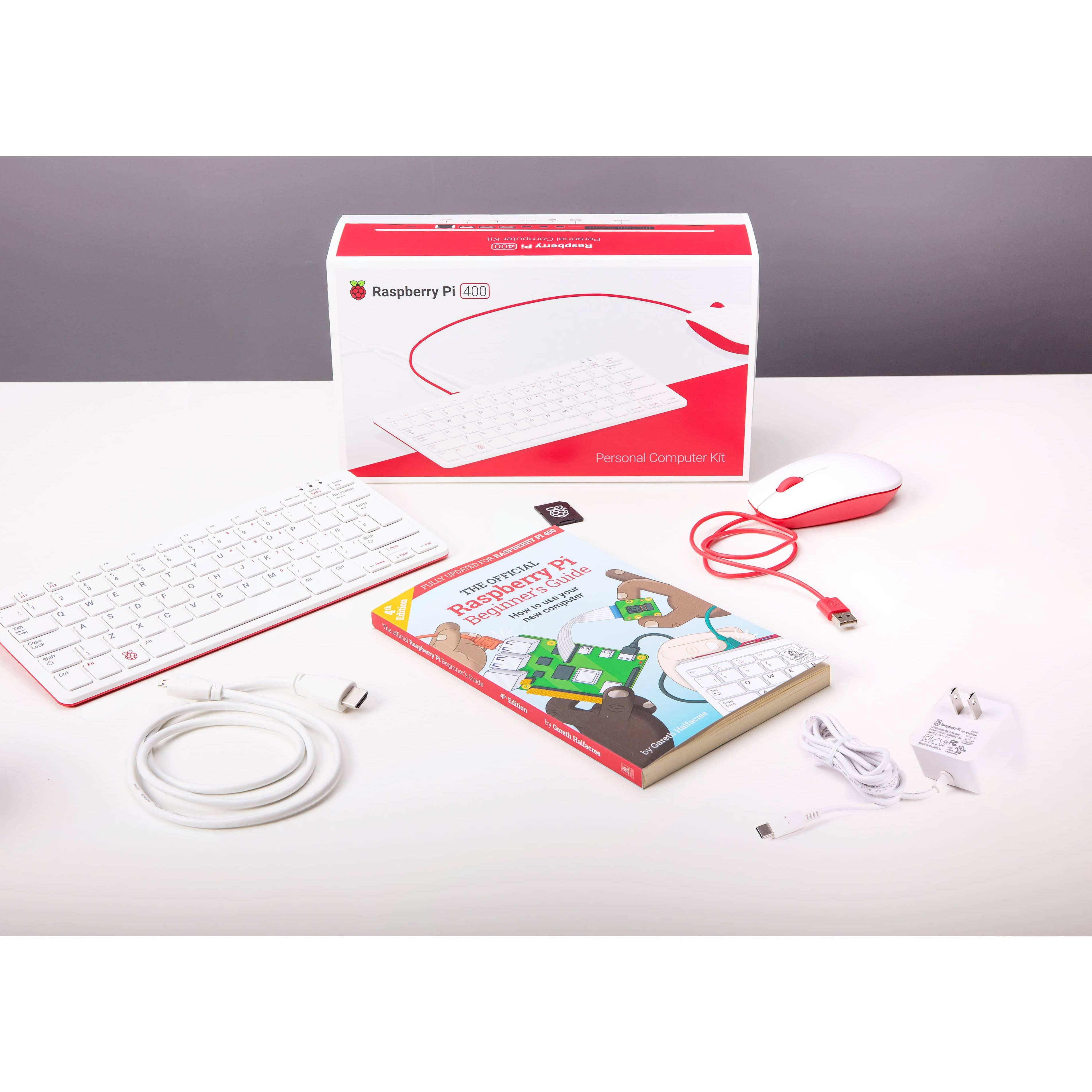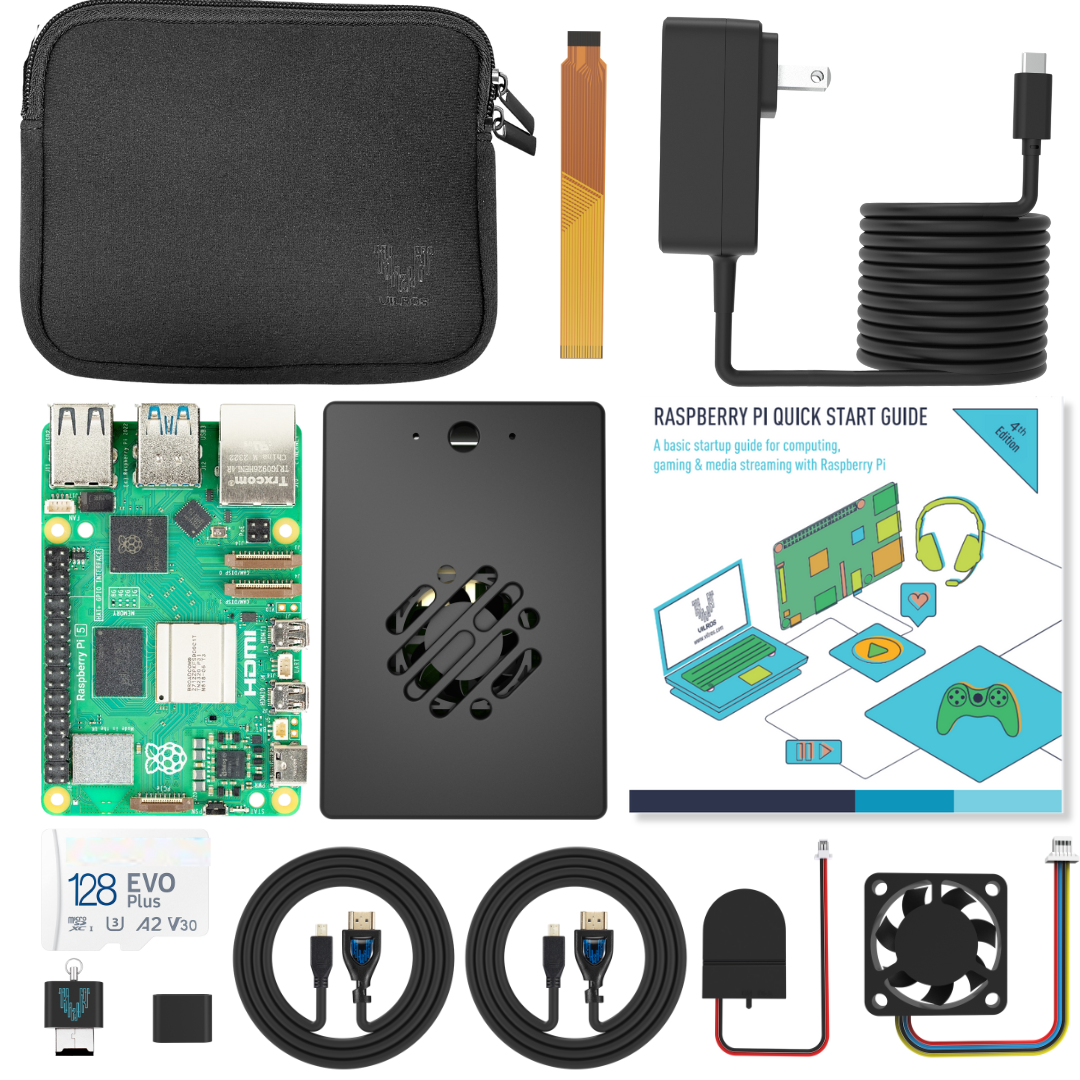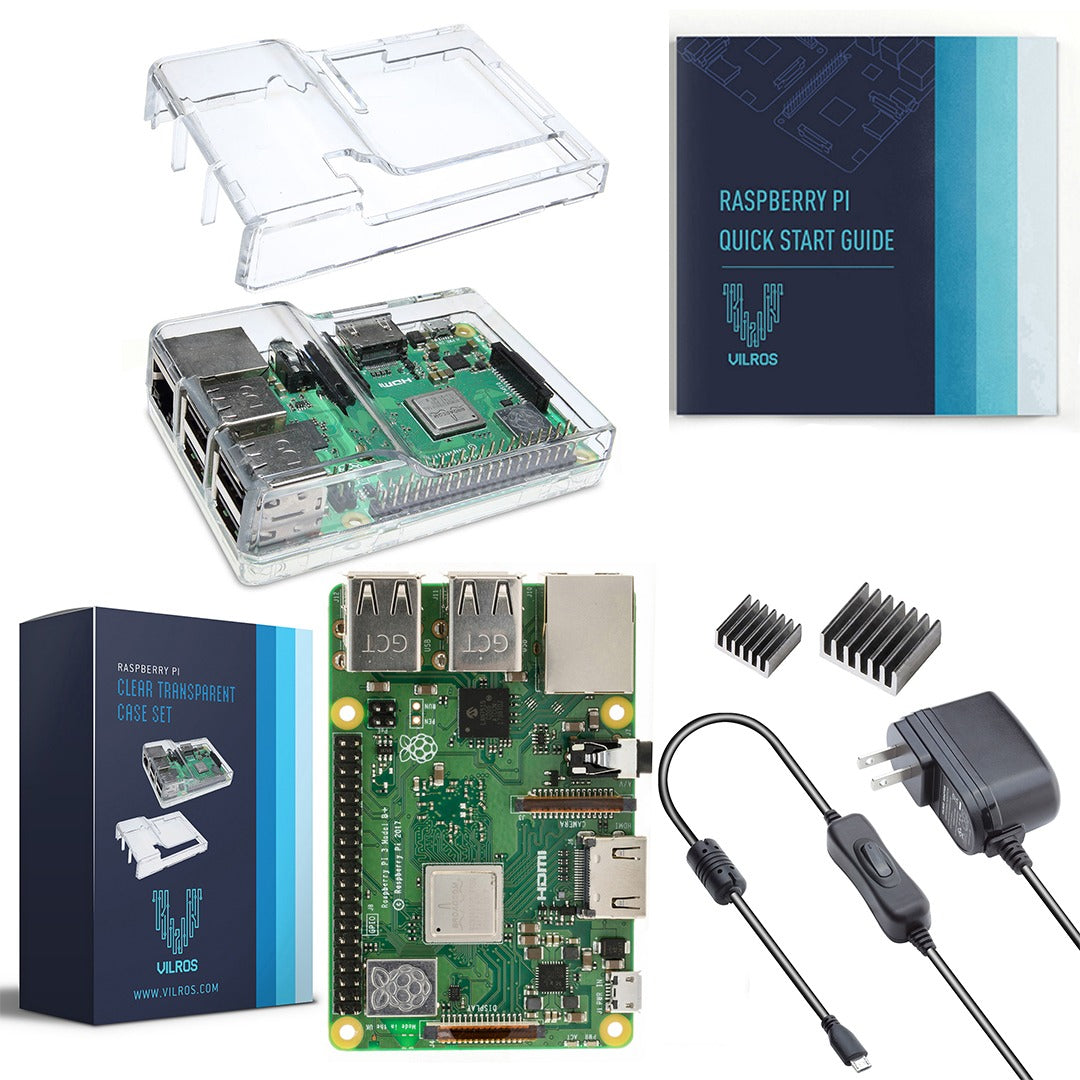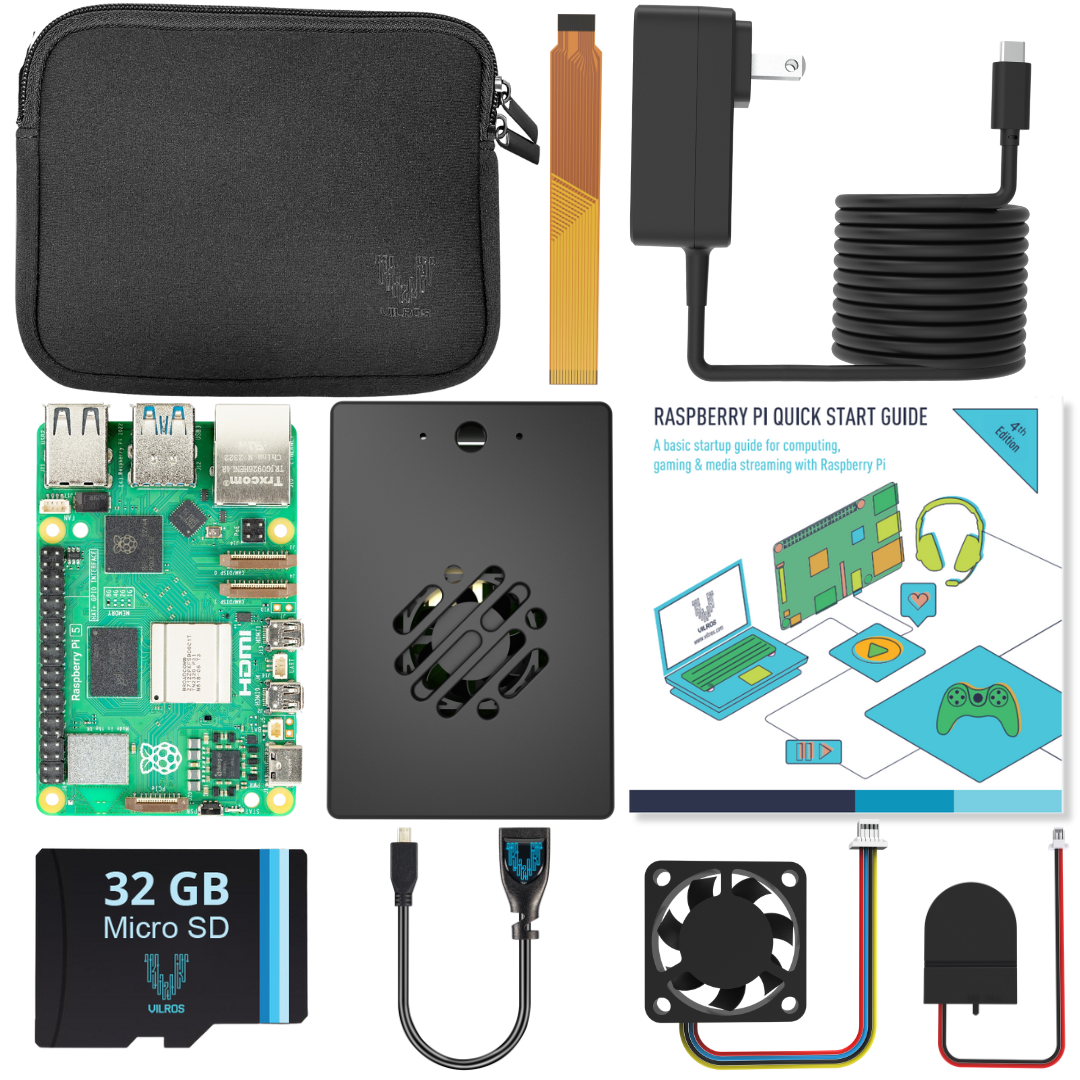
June Project Highlight – Three Raspberry Pi Projects to Inspire You
June Project Highlight – Three Raspberry Pi Projects to Inspire You
At Vilros, one of the most rewarding parts of our work is hearing about the incredible things our customers create. In this post, we’re highlighting three standout Raspberry Pi projects from the Vilros community. Whether you’re just getting started or looking for your next challenge, we hope these builds spark your imagination and inspire you to Make Something Amazing.
Project #1 - Vintage Jukebox Restoration

Scott Petersen, a Vilros customer from New York State, has been using the Raspberry Pi Zero 2 W to convert old jukeboxes into MP3-compatible machines. The small size of the RPi Zero means that there are no visible changes to the outside of the jukebox, which means that people get to enjoy the full jukebox experience without ever knowing that it’s powered by modern electronics!
In addition to making these machines for himself and his friends, Scott manages a Facebook group dedicated to wallbox and jukebox restoration. If you’re interested in learning more about how he uses Raspberry Pi, or if you have questions about how to start restoring jukeboxes, make sure to join it!
Q: What inspired you to start restoring jukeboxes?
A: For years I always impressed with the beautiful designs that were designed to attract customers to the jukebox and play records for money. They are built so well – 60 years later they still work well with a little maintenance. I specifically like converting wallboxes, because they can fit in a small apartment or living space. The Raspberry Pi it is so versatile, you can "program" the wallbox to do anything you can think of, even music videos. An old rotary telephone can also work in place of a wallbox, as the pulse system is similar.
Q: How has RPi technology enabled you to pull off these projects?
A: The Raspberry Pi is so versatile, and inexpensive, you can really make anything you can think of. The Raspberry Pi’s GPIO pins were something I could not do without. I also used the built-in wireless to log in remotely to change songs, and choose songs. Eventually I want to create a web interface – that is a work in progress. Any other solution was not as versatile. The support for a DAC is also awesome, and I want to try one eventually.
Project #2 - Ray Tracing Animation
George MacDonald, a Vilros customer from California, has been taking the Raspberry Pi 5 to its computational limits with ray tracing animations. Ray tracing is something you’d typically expect to do on high-powered computers running Unreal Engine, but George’s work shows how much the Raspberry Pi 5 can accomplish and makes us wonder what else is possible.
Make sure to follow George on YouTube to see videos of his work!
Q: What inspired you to use the RPi for ray tracing and animation?
A: Ray traced animations are an amazingly expressive form of communication, something I have enjoyed doing for years. It is also one of the most computing-intensive activities done on digital computers. I recently got a RPi 5 as an experiment to see how well it would function as a daily computing environment. After editing and compiling programs, doing some major disk based activity, browsing the web, listening to music, and playing games, I decided to run something that would truly exercise it and put it to a good test. The way I look at it, if a computer can raytrace my images faster than my current computer, then it is up to the task of replacing it. So after ripping through some of my standard images and being very impressed, I quickly realized that it is so fast that it would be practical to do some serious animations. I have been having an absolute blast making animations of my various interests and passions, i.e. space exploration, AI art, and chess. I am still absolutely amazed at the performance and value for money!
Q: What are your goals with this use case?
While running the "experiment" I have begun to see the potential of the RPi 5, it has now become my daily computer, doing all that I want and more. Ray tracings and animation is clearly a great way to express concept, convey message and communicate in new ways. While rendering I frequently play chess online and also watch streaming chess content. It occurred to me right away that this technique is a huge opportunity for these niche streamers and content creators. What a cool way to add nice visuals, craft custom content and improve a channel. So I am thinking that I will spend some more time working on the chess animations – partially for fun, partially to see if I can improve my skills with better game visualization, but also as a potential tool for content creators.
Project #3 - The B_Bot

Alfredo Baeza is a retired electrical engineer who has been using Raspberry Pi to develop projects for use by students. His B_Bot project uses the Raspberry Pi Pico to create a robot that navigates an environment using sensors.
We think the B_Bot is an excellent case study in robotics, as it offers students the opportunity to work with sensors, motors, and coding. Since the Pico is one of the most cost-effective Raspberry Pi units available, it is also ideal for schools looking to acquire electronics hardware on a budget.
For more information on the B_Bot and Al’s other projects, check out his website - digiTekXplorer.com.
Q: What inspired you to make the B_Bot?
I started my engineering career as an embedded systems engineer. When I retired a few years ago, I wanted to return to my "roots" and build something interesting and fun. I wanted to build a low-cost, low-power, mobile platform. I chose the Raspberry Pi and Pico ecosystems for their flexibility and community support. After diving deep into the Pico with Hunter Adams's fantastic Cornell course, all of that learning and experimentation culminated in the B_Bot.
Q: What are your goals with the project?
My primary goal is to keep learning. The B_Bot is my personal platform for exploring more advanced topics like real-time control, wireless communication with BLE, and sensor/actuators integration. Beyond that, I hope the project inspires others, especially young people, to see how accessible and fun robotics can be. I want to show them that you can build something really cool with low-cost components and a desire to learn.





